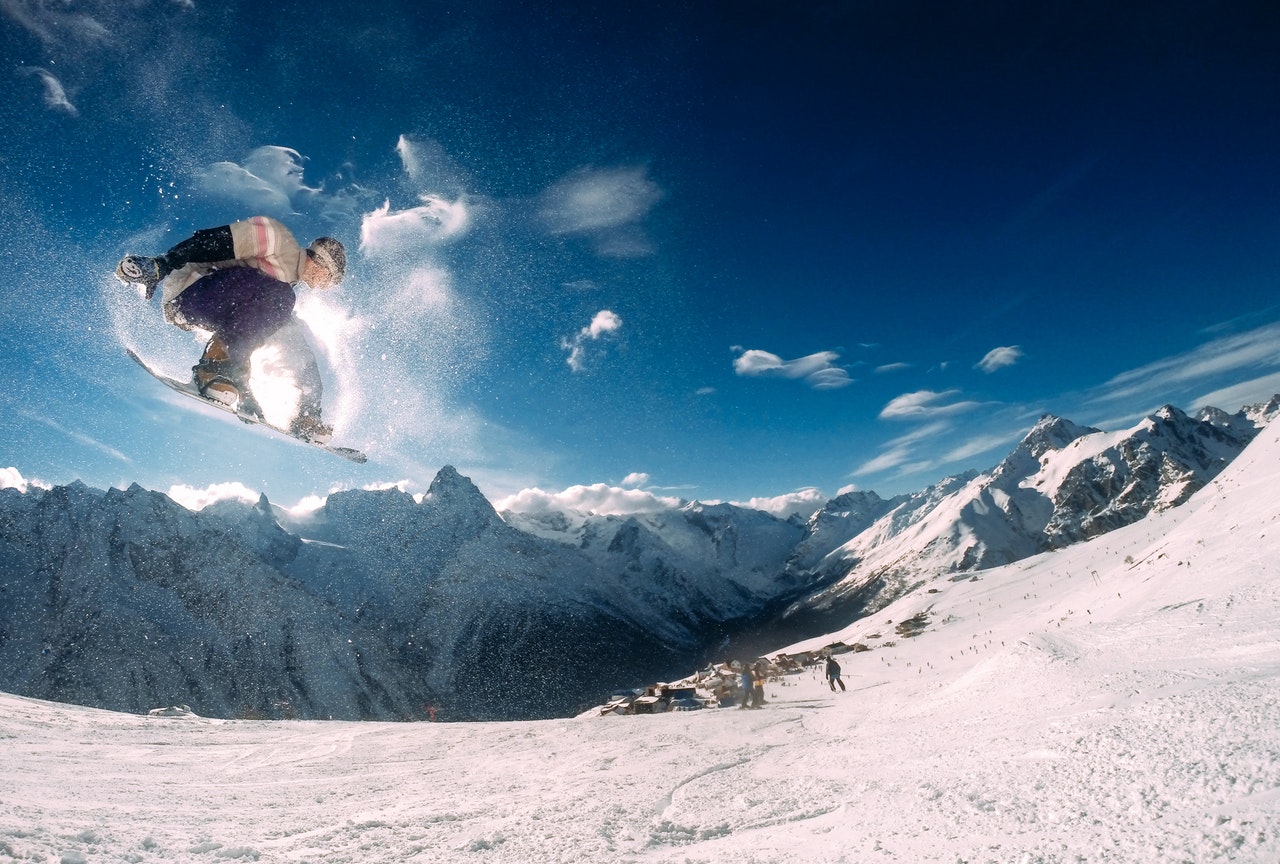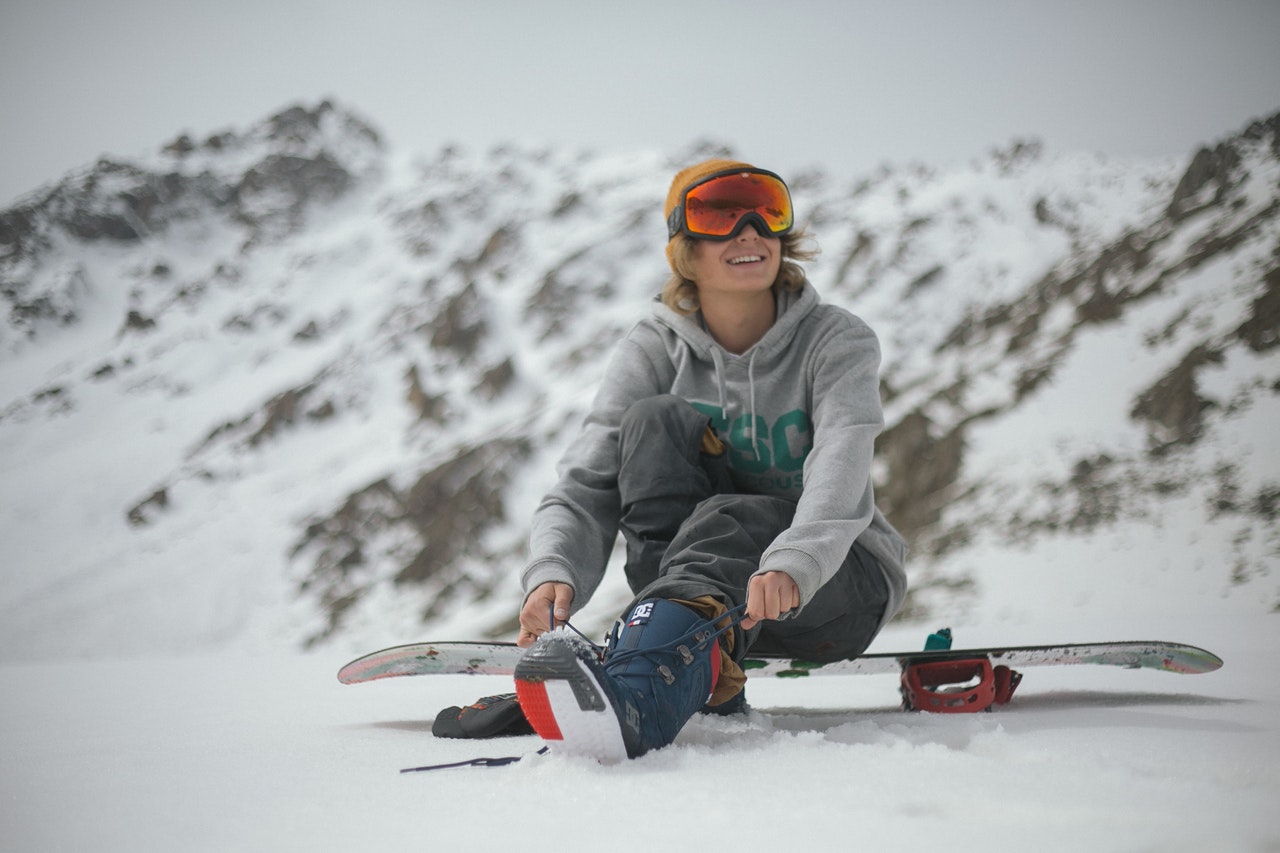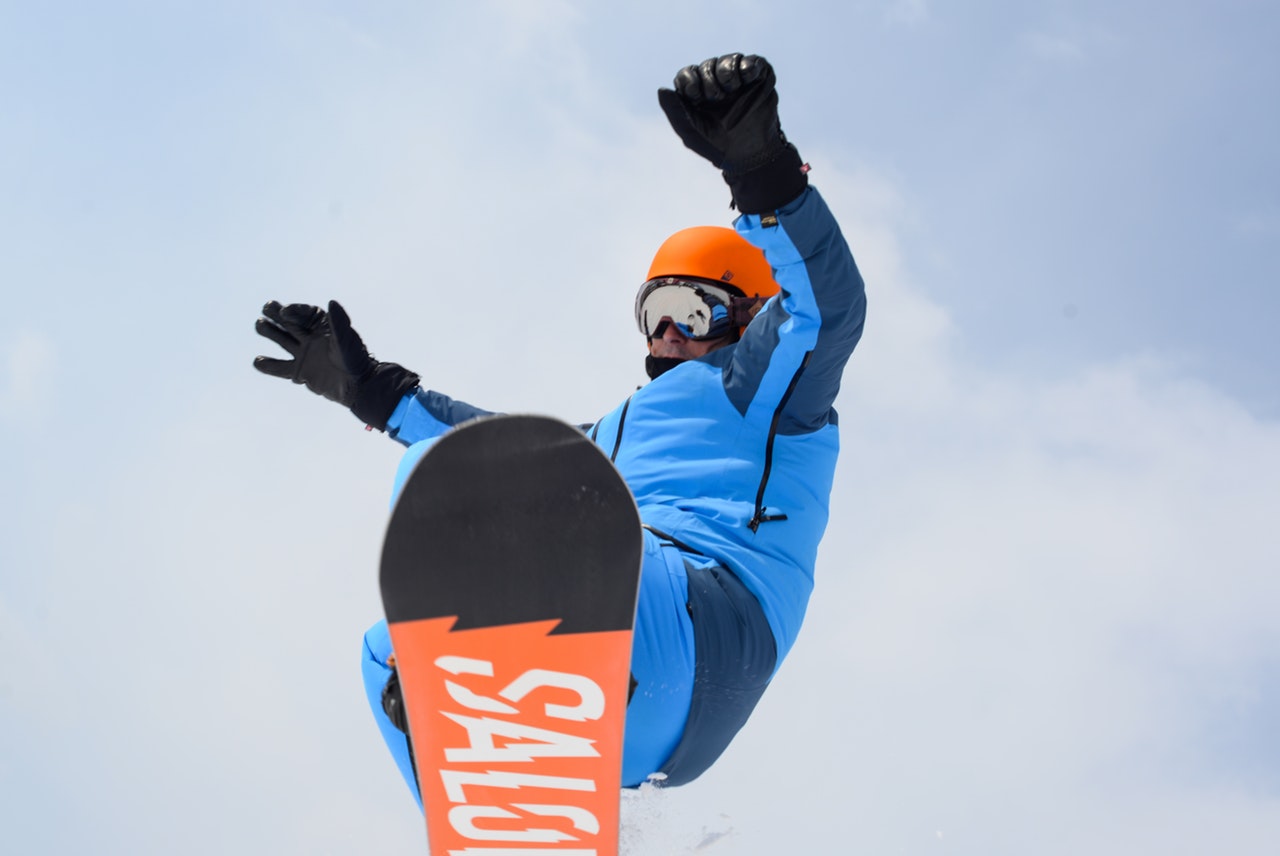Guy Stuff
Choose The Right Snowboard Before You Buy
Whether you are a first-time snowboarder, a pro who enjoys snowboarding down mountains, or you would rather you spent the day practicing your next trick in the terrain park, when it comes to choosing the right snowboard, there are many things to consider.
Are you wondering what snowboard you should get? Which snowboards are the best ones for beginners? And what size should your snowboard be? Then you’ll be interested to know the following.
How To Choose The Right Snowboard For Beginners?
Soft flex snowboards are the best snowboard for beginners. They are easy to correct and turn. As you get comfortable on the snow, you’ll probably want to look into setting a stiff flex board. What is a stiff flex board? A stiff flex board provides the user with more grip on the snow, and it can hold speed better.
Which Snowboard Size Do I Need?
The snowboard size you need can be measured based on your height. To find the right board, stand the board up next to you. If the height of the board is the same as between your neck base and chin, it’s a perfect height for you.
Lighter snowboarders should consider choosing a board that comes within the minimum range of the measurements so the height should be more around the lower neck area.
If you are heavier, then you should consider a longer snowboard in the upper height range of just below your chin. Longer boards provide extra stability for heavier set borders.
Freestyle snowboards are different. The height of the board should be between your shoulders and chin. Keep in mind that smaller boards are better for rotations.
Top Tips
- More costly doesn’t always equal better quality
- Colors, prints and graphics don’t matter – focus on finding a snowboard to fit your needs and experience over its design.
- If your shoe size is 11+, choose a big snowboard so that your feet do not dig into the snow when turning
- Try some on for size
How To Choose The Right Snowboard Flex?
Each snowboard has a flex rating. A flex rating describes how flexible a snowboard is and what it’s designed to do.
What are the two types of flex?
There are two types of flex in a snowboard
- Longitudinal
- Torsional
Which flex is better?
The flex factor for your new snowboard will depend on factors including ability, rider weight and style.
Each board has its own uses too, so it depends on what snowboarding activities you intend to use your board for.
Which Flex Is Best For Freestyle Snowboarders?
If you’re a freestyle boarder who likes to snowboard in the park or on the streets, then you’ll want to contemplate investing in a more flexible board.
Softer flexing boards increase the riders manoeuvrability for turns, allows for smoother butters/presses, stunts, and more straightforward/better on jibs. Softer flexing boards are usually the same at both ends so that the board feels the same in either direction; this allows the rider to board, take off, land etc. in any direction they want/need to with ease.
Examples of Snowboard Styles and Their Flex Rating:
Street Snowboard – Softer flex rating 1-2 out of a possible 10
Freestyle Board – Flex of around 3 – 6 out of a possible 10
Freeride Boards – Flex of between 7 and 10 out of a possible 10
Choose The Right Snowboard For Your Style of Snowboarding
Freestyle snowboards are light, short and flexible. They are designed for performing stunts in terrain parks and halfpipes. They are not stable enough for carving turns or for travelling at speed.
Many freestyle snowboards have either directional-twin tips or just twin tips. They are symmetrical in shape with a centred build. The design of the board makes it easier for learner riders to snowboard both backwards and forwards.
What is A Freeride Snowboard?
Freeriders use freeride snowboards. Freeriding is a term used for a specific style of snowboarding. This type of snowboarding is performed on natural, untouched terrain off-piste with no set course to follow.
What’s The Difference Between Twin and Directional Snowboards?
Twinboard snowboard is symmetrical in shape from tip to tail.
Directional snowboards have a shorter tail and a longer nose. The two ends can often be different shapes.
In conclusion, you should choose your snowboard based on what you will be using it for. If you want to do multiple things on your snowboard, you may be disappointed and should consider investing in two boards to get the best experiences and snowboarding sessions using the correct boards required for each style of riding.
A mid-flex board may also be an option for the best of all worlds, consider your board height and your body weight, and you’ll be sure to find the perfect board for your winter boarding activities.



















Recent Comments